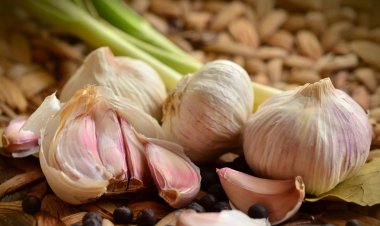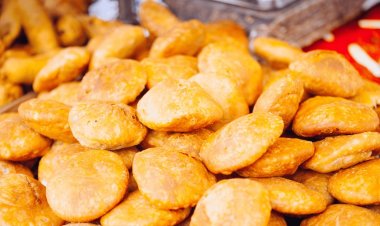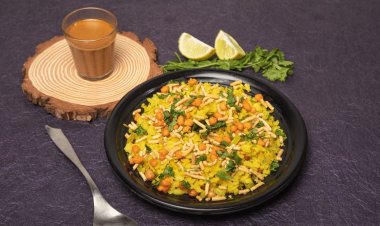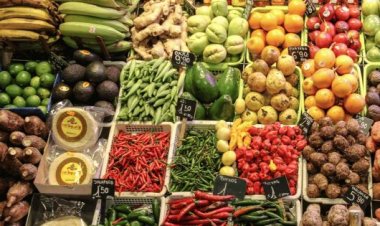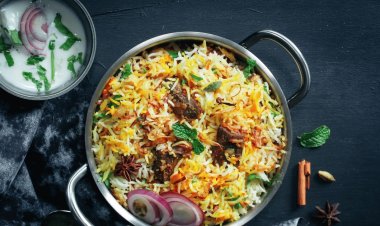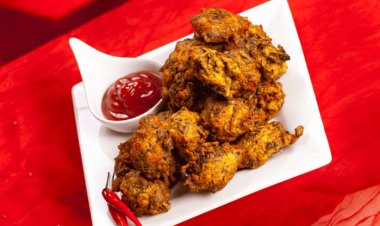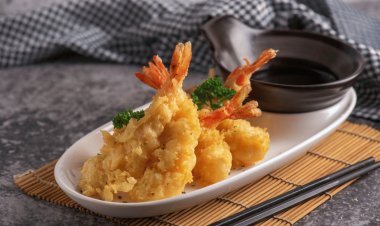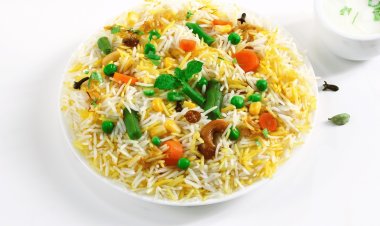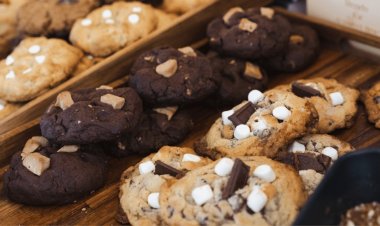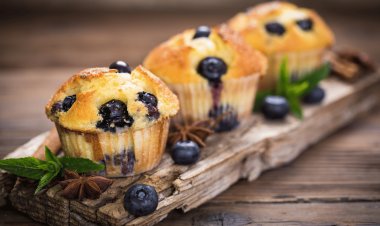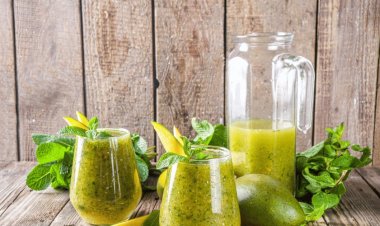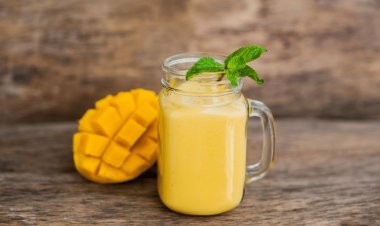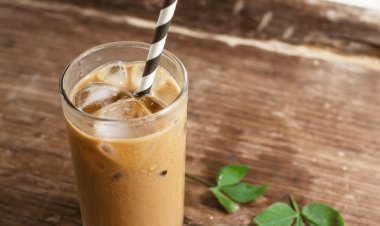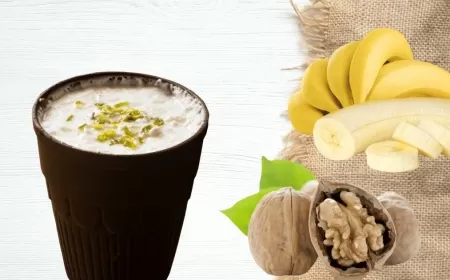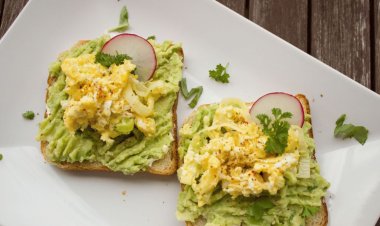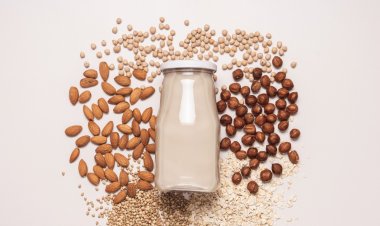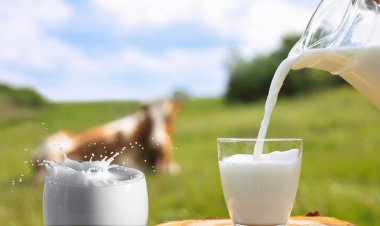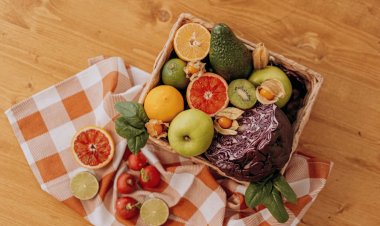Say goodbye to hardened brown sugar! Keep it soft and ready with these expert tips
Check the effective ways to prevent brown sugar from hardening. Keep your brown sugar soft and easy to use with these expert tips.
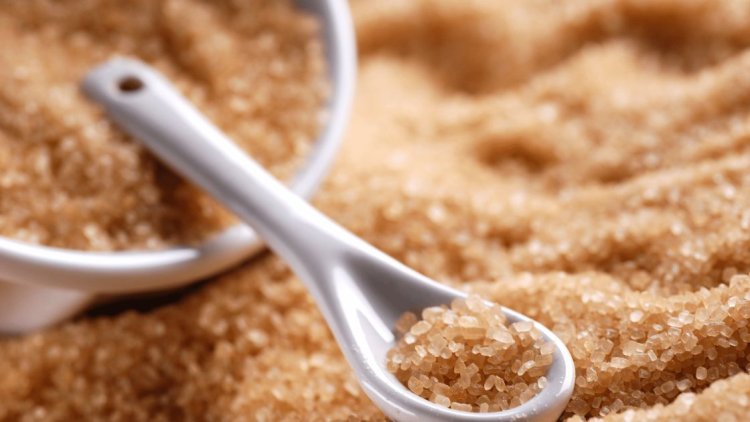
Brown sugar is typically made by mixing granulated white sugar with molasses, which gives it a distinctive brown color and a slightly caramel-like flavor. Brown sugar can be used as a sweetener in baked goods, such as cookies, cakes, and bread, and can add a rich flavor and texture to sauces and marinades. It can also be used as a topping for oatmeal, yogurt, and other breakfast foods, or as a flavoring in coffee and tea. One unique use for brown sugar is in dry rubs for meat. The sugar can help to caramelize the meat when it's cooked, creating a crispy exterior and a tender, juicy interior.

Brown sugar can also be used as a substrate in microbiology and biotechnology research. In these fields, a substrate is a substance that provides a food source for microorganisms or enzymes to grow or react on. Brown sugar is commonly used as a substrate in the production of enzymes and biofuels, as well as in the study of microbiological processes. In the production of enzymes, brown sugar can be used to feed microorganisms that produce the desired enzyme. The microorganisms use the sugar as a source of energy and grow, producing the enzyme as a byproduct. The enzyme can then be extracted and used for various applications, such as in the food industry, for cleaning products, or in biotechnology research.
Brown sugar can also be used as a substrate in the production of biofuels. In this process, microorganisms are used to break down the sugar into simple sugars, which are then fermented to produce ethanol. The ethanol can be used as a fuel additive or as a replacement for gasoline in some applications.
In microbiology research, brown sugar can be used as a substrate to study the growth and behavior of microorganisms. By providing a consistent food source, researchers can study how microorganisms respond to different environmental factors or treatments, and can develop new methods for controlling or exploiting microbial growth.
Brown sugar can harden when it is exposed to air or moisture. So there are some tips to help prevent brown sugar from hardening:
1. Store in an airtight container: Brown sugar should be stored in an airtight container to prevent air and moisture from getting in. This will help to keep the sugar soft and prevent it from hardening.
2. Add a piece of bread or a slice of apple: Placing a piece of bread or a slice of apple in the brown sugar container can help to keep the sugar soft. The bread or apple will release moisture into the container, which will keep the sugar from hardening.
3. Use a terra cotta brown sugar saver: A terra cotta brown sugar saver is a small, porous disk that you soak in water and then place in the container with the brown sugar. The disk will release moisture into the container, which will keep the sugar soft.
4. Freeze brown sugar: Brown sugar can be stored in the freezer to prevent it from hardening. Place the brown sugar in an airtight container and freeze it until you're ready to use it. When you're ready to use the sugar, let it thaw at room temperature for a few hours.
Altogether, brown sugar is a versatile ingredient that can add flavor and sweetness to a wide range of dishes. It's a great component to keep on hand in the kitchen, and there are many delicious recipes that make use of its unique flavor profile.
What's Your Reaction?
 Like
0
Like
0
 Dislike
0
Dislike
0
 Love
0
Love
0
 Funny
0
Funny
0
 Angry
0
Angry
0
 Sad
0
Sad
0
 Wow
0
Wow
0



























